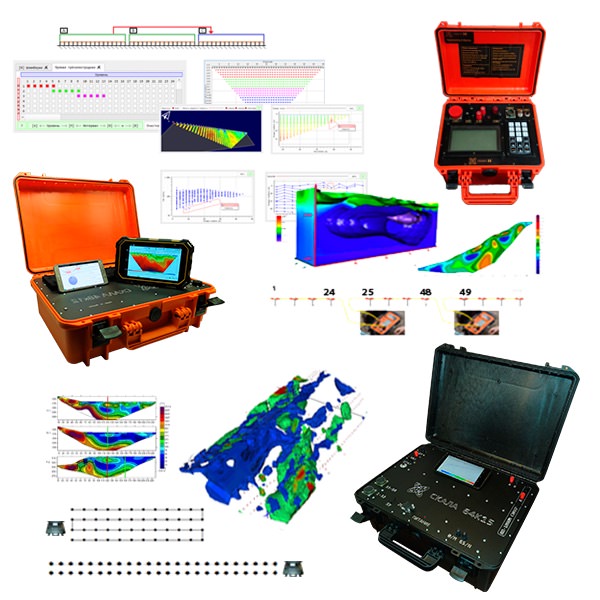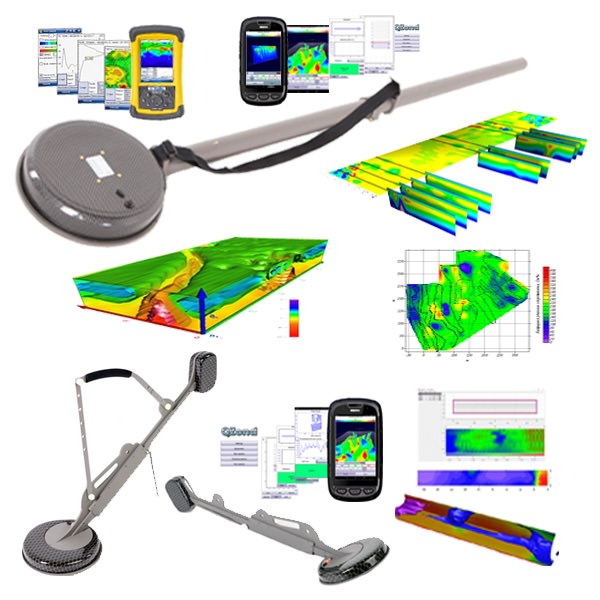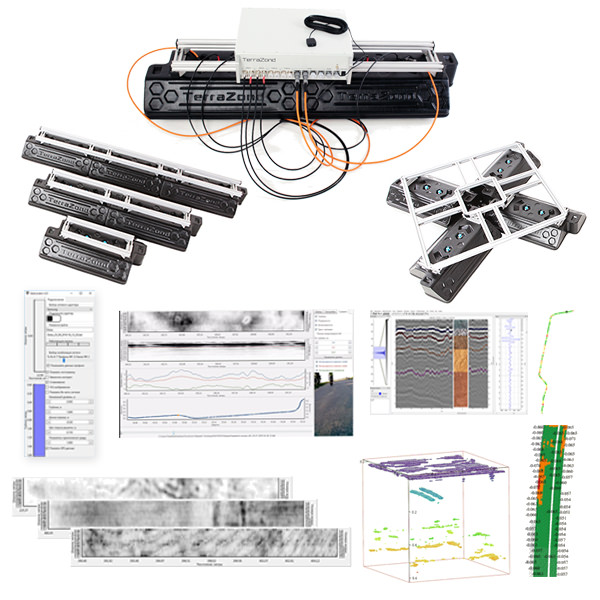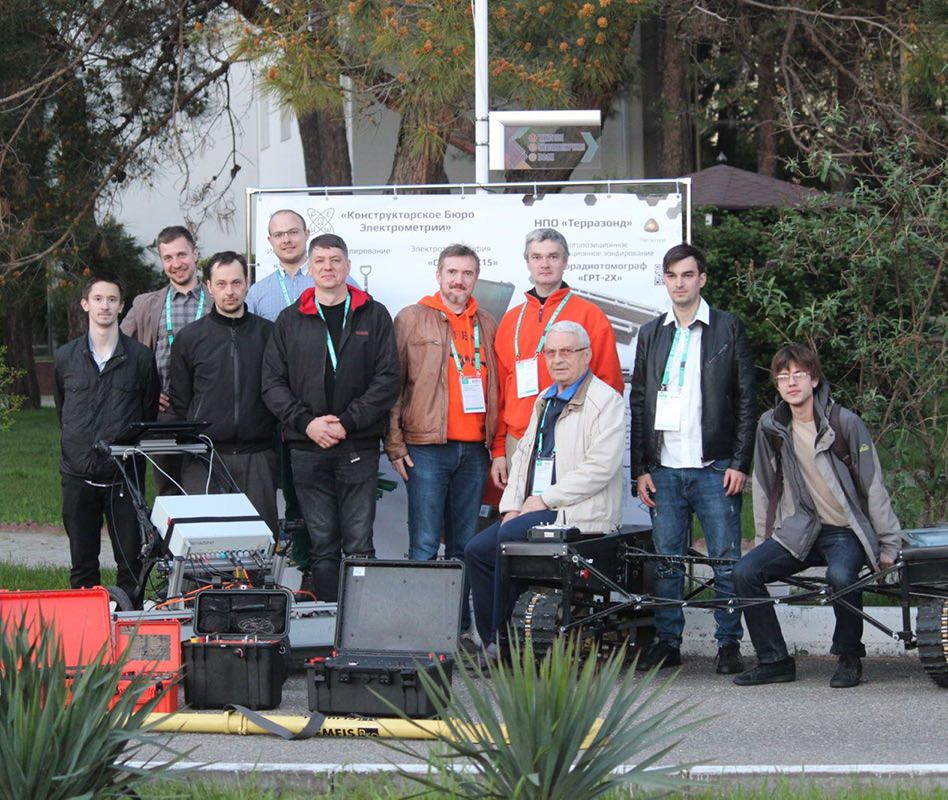SiberGeo — объединяет российских производителей аппаратуры методов электроразведки и индукционного профилирования, а также аппаратурно-программного комплекса многопозиционного радиолокационного зондирования (георадиотомограф). Компания осуществляет внедрение применяемых геофизических методов в различные сферы народного хозяйства; обеспечение информационной, методической и сервисной поддержки по продукции; участие в научно-исследовательской деятельности в области геофизики; проведение работ с применением различных геофизических методов, а также разработку и внедрение методик комплексирования данных.
Основная линейка продукции SiberGeo:
— аппаратура электротомографии серии «Скала» (Скала 32К4, Скала 48К12, Скала 64К15);
— многочастотные электромагнитные профайлеры — «АЭМП-14» и «Геовизер»;
— система многоракурсного георадиолокационного зондирования — «ГРТ-XX».
Читать далее






